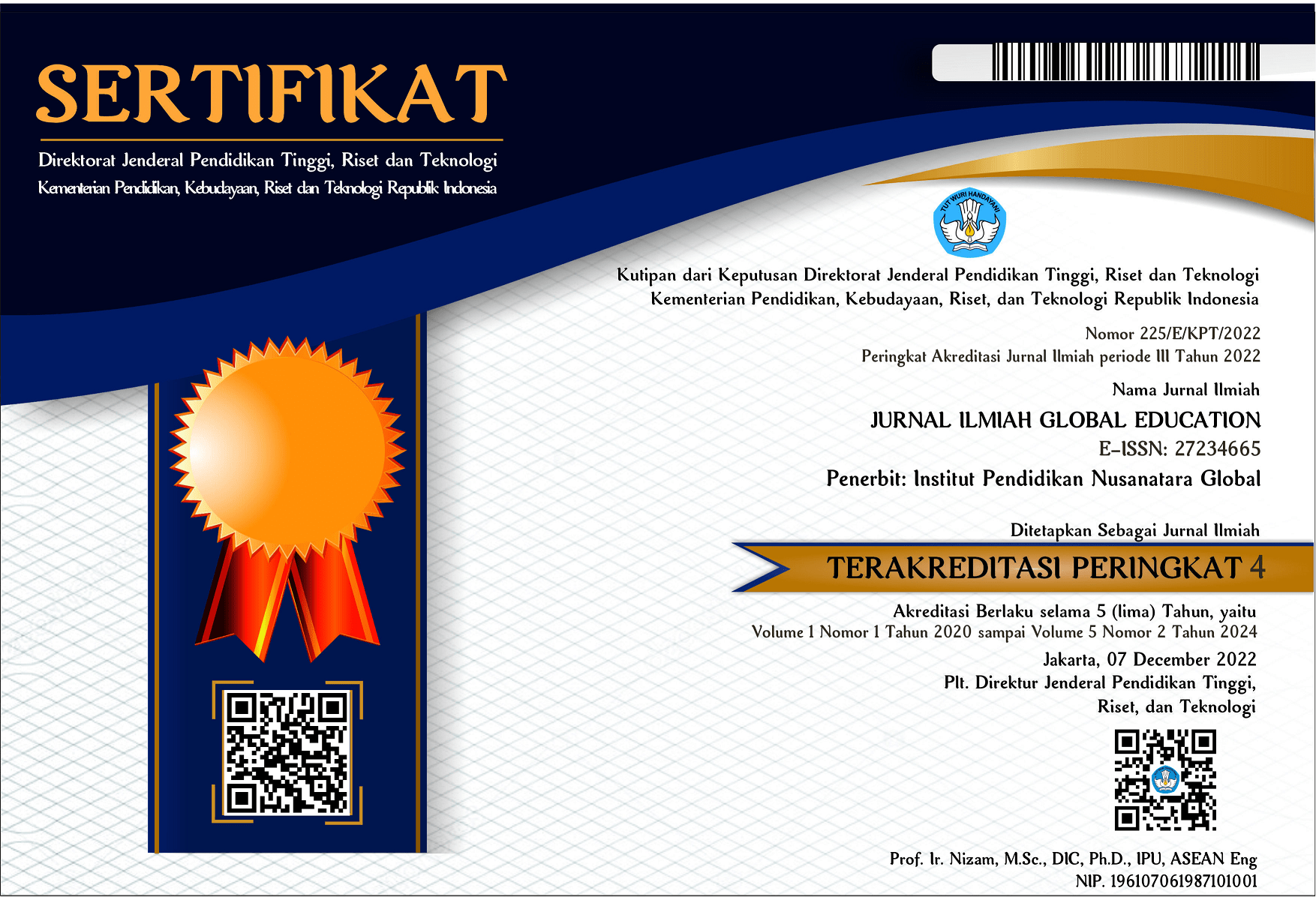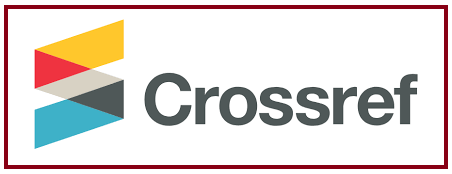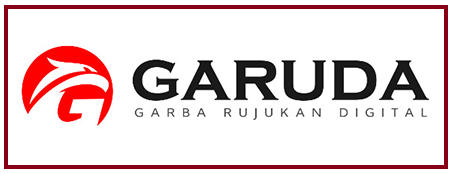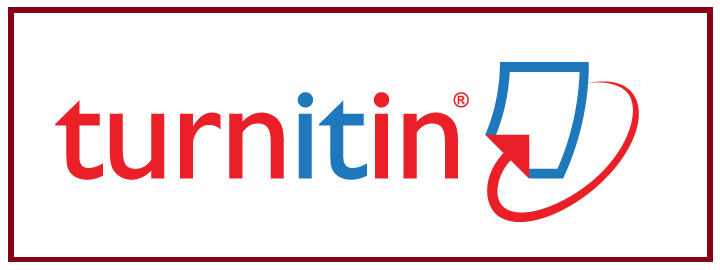ENVIRONMENTAL RISK ANALYSIS IN MAGROVE AND CRAB CONSERVATION AREAS IN PAMUSIAN VILLAGE DUE TO LAND USE CHANGE IN TARAKAN CITY
DOI:
https://doi.org/10.55681/jige.v4i2.905Keywords:
Management to Quality of Mangroves, Mangroves, PollutionAbstract
Mangroves are one of the largest coastal ecosystems in Indonesia that provide ecosystem functions and services for terrestrial biota, sea, seagrass ecosystems - coral reefs, and surrounding areas. Indonesia has the largest mangrove area in the world with an area of 22.6%, so that Indonesian mangroves contribute significantly to the absorption of carbon dioxide (CO2), one of the greenhouse gases. So that Indonesia's mangroves play an important role in regulating global climate change. The area of mangrove forests in Indonesia has declined sharply over the past two decades. The main drivers of mangrove degradation are use for settlement and cultivation. Currently, sustainable management is needed to maintain and improve the area and quality of mangroves.
Mangrove forests are very important ecosystems for the conservation of fish resources. Mangroves are the habitat of fish, shrimp, crabs, and others. The ecological or biological function of mangrove ecosystems includes spawning grounds, foraging and breeding grounds for animals, especially fish, crabs and shrimp which are excellent commodities that benefit fishermen. Physically, mangrove forests prevent coastal abrasion, resist seawater intrusion and windbreaks, and reduce greenhouse gas emissions such as CO, CO2, SOx and NOx in the air and pollutants in coastal waters (Noor et al., 2006). The main factors of mangrove destruction are (1) pollution, (2) conversion of mangrove forests without considering environmental factors, and (3) excessive deforestation.
Downloads
References
Prof. Ir. Akhmad Fauzi, M.Sc. Ph.D,” (2021, Juni), Analisis Risiko dan Keberlanjutan Lingkungan, MSLK5203, (Edisi 1, Cetakan 1), Penerbit Universitas Terbuka
Prasetyo, A., Santoso, N., & Prasetyo, L. B. (2017). Kerusakan Ekosistem Mangrove Di Kecamatan Ujung Pangkah Kabupaten Gresik Provinsi Jawa Timur Degradation of Mangrove Ecosystem in Ujung Pangkah Subdistrict Gresik District East Java Province. Jurnal Silvikultur Tropika, 8(2), 130-133.Putri. Eka Intan Kumala, (2020; September),Valuasi Lingkungan, MSLK5107, Universitas Terbuka, Tangerang Selatan
Winarno, S., Effendi, H., & Damar, A. Tingkat kerusakan dan estimasi nilai klaim kerusakan ekosistem mangrove di teluk bintan, kabupaten bintan damage level and claimed value estimation of damage mangrove ecosystem in bintan bay, bintan district.
Hidayat, R., Amal, A., & Suprapta, S. Analisis perubahan luas hutan mangrove dan faktor yang mempengaruhinya di pulau tanakeke kab. Takalar. Jurnal Environmental Science, 3(1).
Setiyowati, D., Supriharyono, S., & Triarso, I. (2017). Valuasi ekonomi sumberdaya mangrove di Kelurahan Mangunharjo, Kecamatan Tugu, Kota Semarang Economic Valuation of Mangrove Resources in the Mangunharjo Village Tugu Sub District, Semarang City. SAINTEK PERIKANAN: Indonesian Journal of Fisheries Science and Technology, 12(1), 67-74.
Huda, N. (2008). Strategi kebijakan pengelolaan mangrove berkelanjutan di wilayah pesisir Kabupaten Tanjung Jabung Timur Jambi (Doctoral dissertation, program Pascasarjana Universitas Diponegoro).
Auliansyah, A., Kusumastanto, T., Sadelie, A., Aprianti, Y., Sulindrina, A., & Nurfadillah, N. (2020). Valuasi ekonomi dan penilaian kerusakan kawasan ekosistem mangrove di pulau tanakeke kabupaten takalar. INOVASI, 16(1), 72-83.
Ginting, Y. R. S., Zaitunah, A., & Utomo, B. (2015). Analisis Tingkat Kerusakan Hutan Mangrove Berdasarkan NDVI dan Kriteria Baku di Kawasan Hutan Kecamatan Percut Sei Tuan Kabupaten Deli Serdang. Peronema Forestry Science Journal, 4(1), 175-183.
Peraturan Daerah No. 3 tahun 2021 tentang RTRW Kota Tarakan Tahun 2021-2041
Downloads
Published
How to Cite
Issue
Section
License
Copyright (c) 2023 JURNAL ILMIAH GLOBAL EDUCATION

This work is licensed under a Creative Commons Attribution-ShareAlike 4.0 International License.













